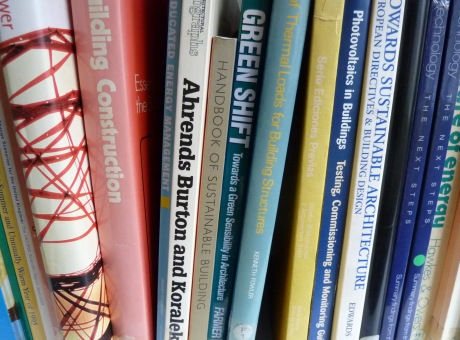Use of genetic algorithms with multivariate regression for determination of gelatine in historic papers based on FT-IR and NIR spectral data

1 January 2010
Quantitative non-destructive analysis of individual constituents of historic rag paper is crucial for its effective preservation. In this work, we examine the potentials of mid- and near-infrared spectroscopy, however, in order to fully utilise the selectivity inherent to spectroscopic multivariate measurements, genetic algorithms were used to select spectral data derived from information-rich FT-IR or UV-vis-NIR measurements to build multivariate calibration models based on partial least squares regression, relating spectra to gelatine content in paper. A selective but laborious chromatographic method for the quantification of hydroxyproline (HYP) has been developed to provide the reference data on gelatine content. We used 9-fluorenylmethyl chloroformate (FMOC) to derivatise HYP, which was subsequently determined using reverse-phase liquid chromatographic separation and fluorimetric detection. In this process, the sample is consumed, which is why the method can only be used as a reference method.The sampling flexibility afforded by small-size field-portable spectroscopic instrumentation combined with chemometric data analysis, represents an attractive addition to existing analytical techniques for cultural heritage materials. (C) 2010 Elsevier B.V. All rights reserved.
Use of genetic algorithms with multivariate regression for determination of gelatine in historic papers based on FT-IR and NIR spectral data. TALANTA , 82 (5) 1784 - 1790.10.1016/j.talanta.2010.07.062.
Csefalvayova, L; Pelikan, M; Cigic, IK; Kolar, J; Strlic, M; (2010)
 Close
Close

